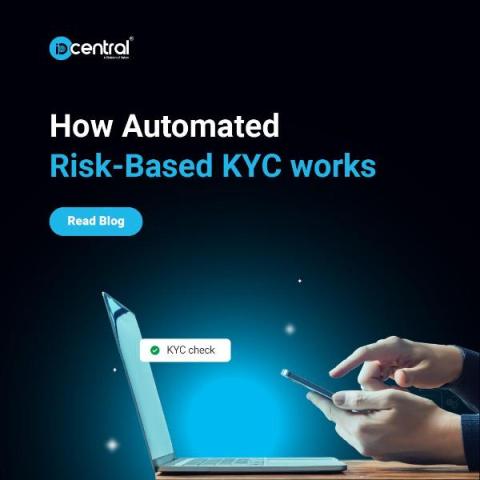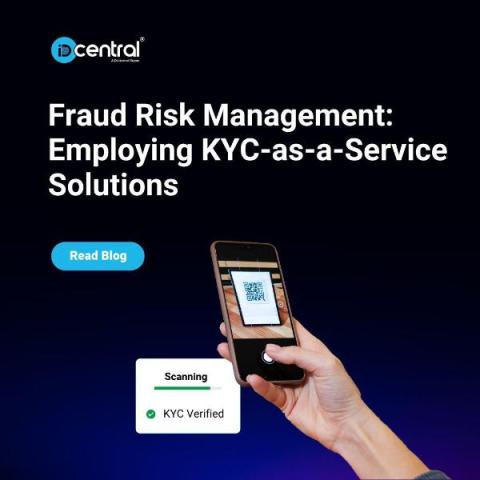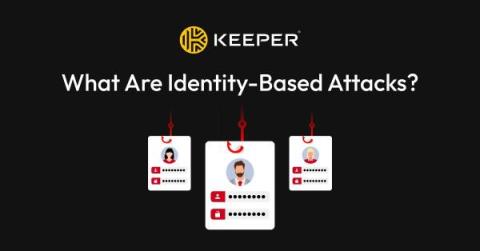How Automated Risk-Based KYC Works
Know Your Customer (KYC) isn’t merely a regulatory requirement; it’s the linchpin of financial integrity and security. In an era where fraudulent activities and money laundering schemes are increasingly sophisticated, KYC stands as the first line of defense. It serves a dual purpose: safeguarding financial institutions from becoming unwitting accomplices in illegal activities and protecting the economy at large from financial crimes.










